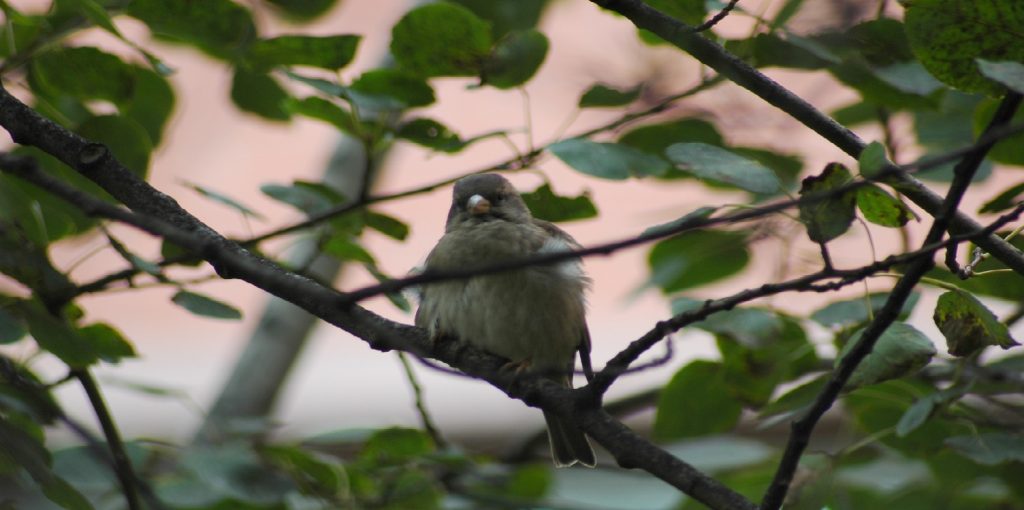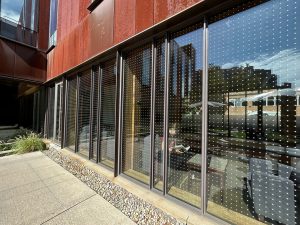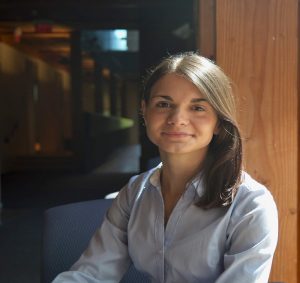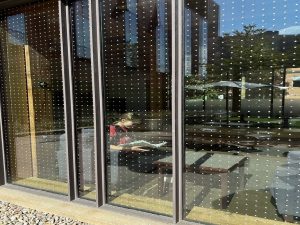Click and register today to attend the C. Malim Harding Lecture in Political Economy 2024 by Professor Suzanne Mettler on March 21, 2024 from 3-5 pm.
“Polarizing by Place: How the U.S. Rural-Urban Divide Emerged and Why It Threatens Democracy,” is the topic to be addressed by Professor Mettler, the John L. Senior Professor of American Institutions. [Read more…]

 It’s mid-February. The good news is that there are only as few as 4 to 6 weeks of grey and cold weather to left to endure. Some get through it by taking omega-3s and vitamin D, others by jetting off to an all inclusive resort and pretending there is nothing to do during reading week, while others spend the
It’s mid-February. The good news is that there are only as few as 4 to 6 weeks of grey and cold weather to left to endure. Some get through it by taking omega-3s and vitamin D, others by jetting off to an all inclusive resort and pretending there is nothing to do during reading week, while others spend the 



